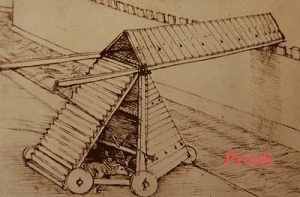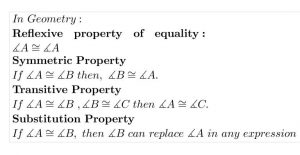
The Number System:
Number Sets:
Counting numbers, positive integers or natural numbers (NN)
These are the positive integers. They are used in our daily operations when we count various stuff. We count money, cars, pencils, books and so on…
1, 2, 3, 4, 5, 6, 7, …
Whole numbers or nonnegative integers
Whole numbers or nonnegative integers are the positive integers but combined with 0 (ZERO).
0, 1, 2, 3, 4, 5, 6, 7, …
Integers: ZZ
The integers are the whole numbers and their opposite.
…, -7, -6, -5, -4, -3, -2, -1, 0, 1, 2, 3, 4, 5, 6, 7, …
Rational numbers: Q
A rational number can be written in the form of a/b with a/b being integers with b non-zero. Every integer is a rational number (a/1).
3/5, 112/11, 83/14 are all rational numbers.
They can be expressed as decimals that are terminating or non-terminating and repeating.
112/11=10.18181818 the digits 1 and 8 repeat indefinitely.
Irrational numbers: II
Irrational numbers cannot be written in the form of a fraction a/b.
The decimals representing them are non-terminating and non-repeating.
The number PI is an example of irrational number.
Square root (2) and e are all irrational.
Real numbers: R
The real numbers combine all of the above ( rational and irrational numbers).
PROPERTIES OF REAL NUMBERS:
Commutative Property:
Commutative property of Addition:
A+B = B+A the two numbers can be added to get the same result, regardless of the order.
Commutative property of Multiplication:
A*B = B*A the two numbers can be multiplied to get the same result, regardless of the order.
Associative Property:
Associative property of Addition:
A+ (B+ C) = (A+ B) + C Grouping is irrelevant when adding three numbers
Associative property of Multiplication:
A*(B*C) = (A*B)*C Grouping is irrelevant when multiplying three numbers.
Identity property:
Identity property of addition:
Zero is the additive property. A+0=A. The result of any number added to 1 is the same number.
Identity property of Multiplication:
One is the multiplicative property. A*1=A. The result of any number multiplied by 1 is the same number.
Inverse property:
Inverse property of addition:
-A is the additive inverse of A. It is also called the Negative of A.
A + (-A) =0. When a number is added to its negative, the result is 0.
Inverse property of Multiplication:
If A is a non-zero, 1/A is called the multiplicative inverse of A. It is also called the reciprocal of A.
A *1/A =1. When a non-zero number is multiplied by its reciprocal, the result is 1.
Distributive property of multiplication over addition:
A*(B+C) =A*B+A*C
This property is used widely when solving expressions that involve products.
To multiply a number and a sum of two other numbers, multiply each of the two numbers by the number and then add the products:
4*(2+3) = 4*2+4*3=8+12=20.



Be the first to comment